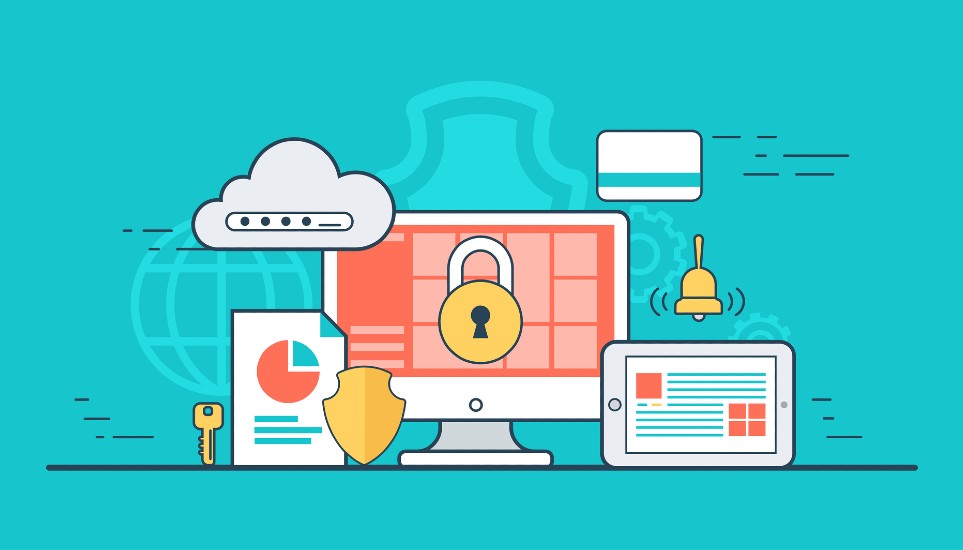DKIM, SPF and DMARC – Implement All Three For The Best Email Protection
How SPF, DKIM & DMARC enhance the credibility and deliverability of their emails.
Email spoofing is a cyberattack that can lead to losses not just for the victim but also the organization whose domains have been spoofed or compromised. Around 3.1 billion such domain spoofing messages are sent every day. The three pillars of email authentication, namely – SPF, DKIM, DMARC – prevent spoofing and improve email credibility and deliverability.
Spoofing tarnishes brand reputation and can get a domain blacklisted.
DMARC, DKIM, and SPF authenticate whether the server (IP address) sending an email is authorized to send that email on behalf of the domain. These thus protect brand reputation and ensure emails reach their intended destination. Read further to know how implementing SPF, DKIM, and DMARC is the gold standard in email authentication.
Table of Contents

What Is SPF?
Sender Policy Framework (SPF) is a DNS TXT record that specifies which IP addresses and servers are authorized to send an email on a domain’s behalf. If unauthorized servers send an email, the record can instruct receiving servers to send such emails to spam. SPF increases email deliverability by preventing spoofing and blacklisting.
What Is DKIM?
DKIM stands for DomainKeys Identified Mail. It is a TXT record added to the domain’s DNS and uses a pair of encryption keys: public and private, where emails are signed with the private keys. Receiving servers authenticate emails by seeing if a public-facing key matches a private key that only domain owners have. DKIM ensures that the integrity of an email has not been tampered with by any external party.
What Is DMARC?
DMARC also referred to as Domain-Based Message Authentication, Reporting, and Conformance is an email authentication policy and reporting protocol that relies on either SPF or DKIM. And hence, DMARC:
- It verifies that SPF and DKIM protect the emails.
- If both these authentication methods don’t pass, DMARC tells the receiving mail server what to do.
- It has a reporting element where domain owners can get reports about all emails sent with the domain in the “FROM” address. This feature helps identify falsified and spoofed emails.
DMARC ensures that the information in both SPF and DKIM records matches the ‘friendly from’ (example@a-domain.com) domain that the user sees and the address (‘Mail From’) in the message header.
SPF Or DKIM
Organizations are recommended to use both SPF and DKIM for complete protection. SPF has a simple verification process that lets senders inform ISPs about what IP can send emails on their behalf. DKIM, meanwhile, allows ISPs to verify that the content of an email has not suffered tampering. Both are necessary.
DMARC Vs. DKIM
All three standards are necessary, with SPF and DKIM being more popular than DMARC. Domain administrators should ensure all three techniques are set up for the domains they manage. Having all three standards in place ensures that the best email protection is implemented. The three authentication methods work in tandem with each other. DMARC can be considered to be synergetic and enhances the security provided by DKIM and SPF. The reports provided by DMARC also help make actionable decisions to prevent further spoofing.
Final Words
With emails being the primary means of corporate communication today, email-based spoofing and attacks are rising. Protection standards like SPF, DKIM, DMARC are necessary to ensure that genuine emails reach their destinations safely. Deploying these three email authentication methods goes a long way in preventing spoofing, spam, phishing, and other email security issues.
